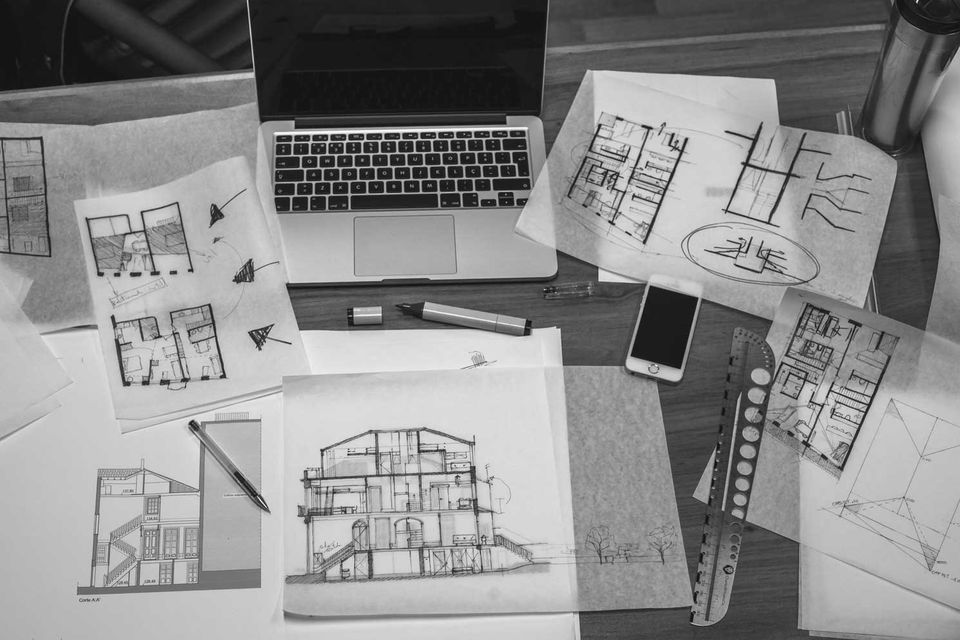6 Tips to Achieve Creative Flow
September 5, 2019
You know that feeling when you're completely one with an activity and lose all sense of time? The world seeps away and there's nothing left between you and what you're doing. That's called flow.
Not only is a flow state a highly rewarding experience, but also you will likely produce your best work during it. Undoubtedly, that’s where you want to be. Here, we lay out 6 tips to help you get to that elusive state.

1. Develop the skills necessary to meet the challenge
If you're not skilled enough to meet the challenge set in front of you, you'll experience a state of anxiety rather than a state of flow. Take the time to hone and develop your technical skills.
2. Set aside sufficient time
Make sure you have enough time to really get into your work. If you allocate too little time, you'll find yourself spending more time trying to empty your mind than actually working. Find a balance between your commitments and private time.
3. Meditate
Five minutes beforehand is enough time to practise some mindfulness. Focus your awareness on your surroundings and try to quiet your mind of outside distractions.
4. Take a quick walk
This is particularly helpful if you live close to nature or a park. Many people find getting some fresh air in the outdoors to be a great means of calming their mind.
5. Cut distractions out of your workspace
Choose a quiet workspace clear of clutter, and silence all technological distractions too. They can wait an hour.
6. Enjoy what you're doing
The most important part of a flow state is the intrinsic enjoyment of the activity. Remember your love of creation and don't stress about the end results. You will probably come to find that you created something better than you initially intended to.
Try these tips out for yourself, and let us know what activity you achieve flow in. Happy creating!
Scriba is a revolutionary digital stylus that is ergonomically designed to comfortably fit your hand and uses unique Squeeze-Motion technology. Order here.
Articles

In the period since COVID forced many of us back home and out of the office, remote work has become the new norm for many. The flexibility of working from home, especially for those with small children, is very compelling, but making a productive workspace is more than setting up a desk in the spare room. More people are seeking to create functional and comfortable workspaces in their homes, however, it can be difficult to strike the right balance between a professional office space and a cosy home environment. Here are some tips for designing a home workspace that meets both of these needs: Dedicate a specific area for work Designating a specific area for work is essential for separating work from leisure time. This could be a separate room or just a corner of a room. It is important to make sure that the workspace is free from distractions and clutter, as this will help you stay focused and productive. Choose the right furniture Ergonomic furniture is key to a comfortable and productive workspace. Invest in a comfortable chair, a desk that is the right height, and a good-quality mouse and keyboard. If you are prone to back pain, consider a standing desk. Add personal touches Just because your workspace should be functional, doesn’t mean it can’t be personal. Add photos, plants, and other personal items to make the space feel like your own. This will help create a sense of comfort and make you feel at home in your workspace. Good lighting Good lighting is essential for a comfortable workspace. If possible, place your desk near a window for natural light. If not, invest in a high-quality desk lamp to provide bright, even light. Keep it organised An organised workspace will help you stay productive and focused. Use desk organisers, filing cabinets, and other tools to keep your work area free from clutter. A clean and organised workspace will also help you start each day with a clear mind. Consider your work style Think about the type of work you do and how you like to work. If you prefer a minimalist workspace, opt for a simple desk and a few basic supplies. If you need space for multiple screens and other technology, make sure you have enough room to work comfortably. Take breaks It’s important to take breaks throughout the day to avoid burnout. Step away from your desk, go for a walk, or do some stretching exercises to clear your mind and recharge.











